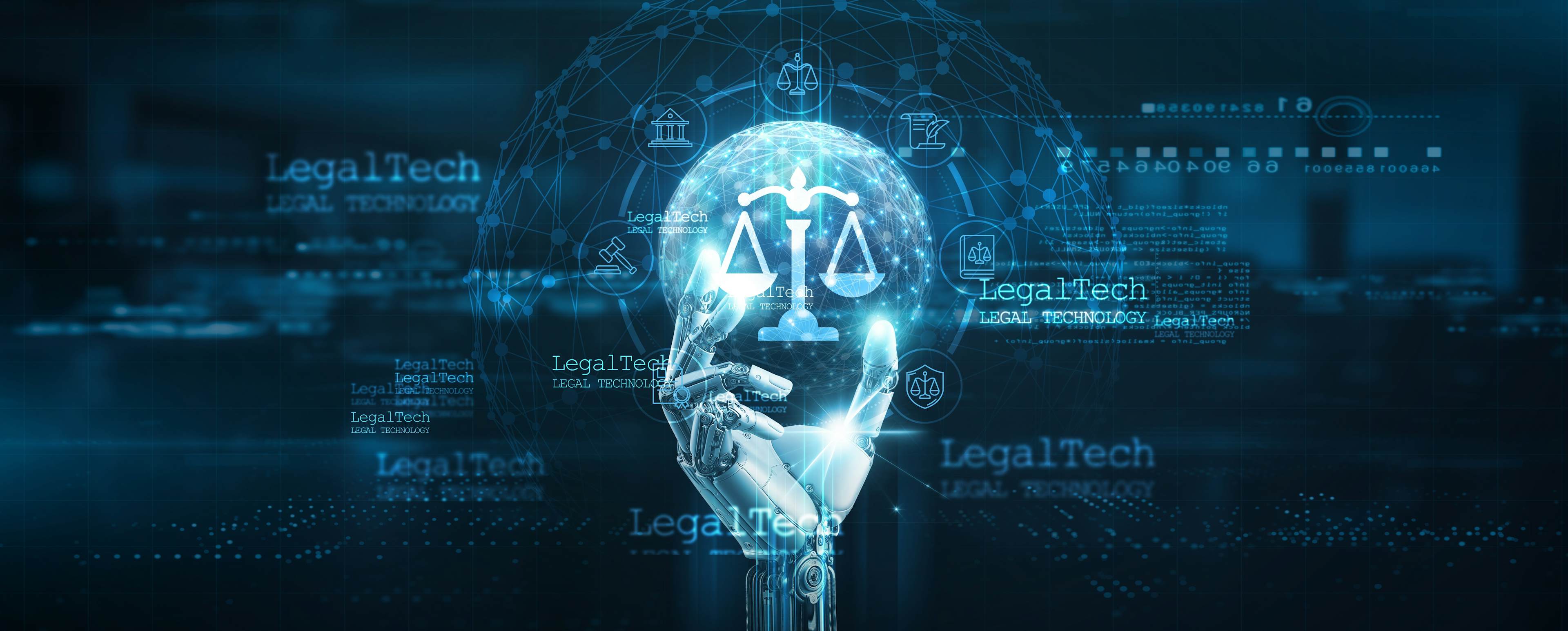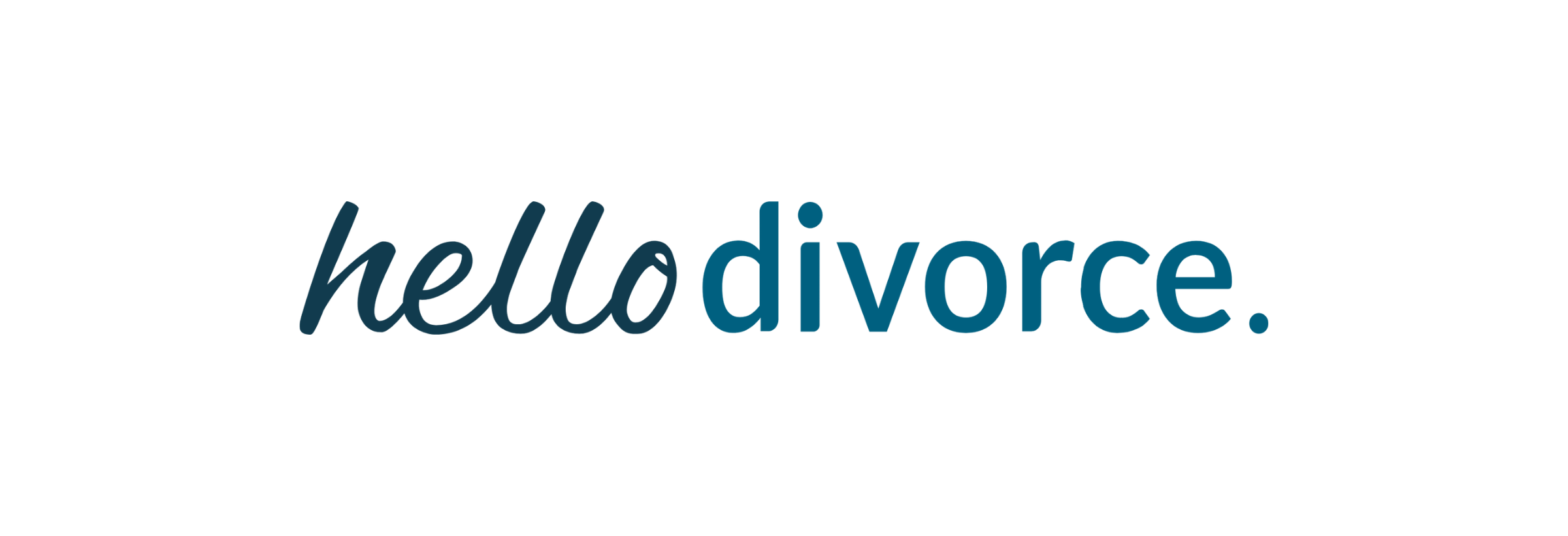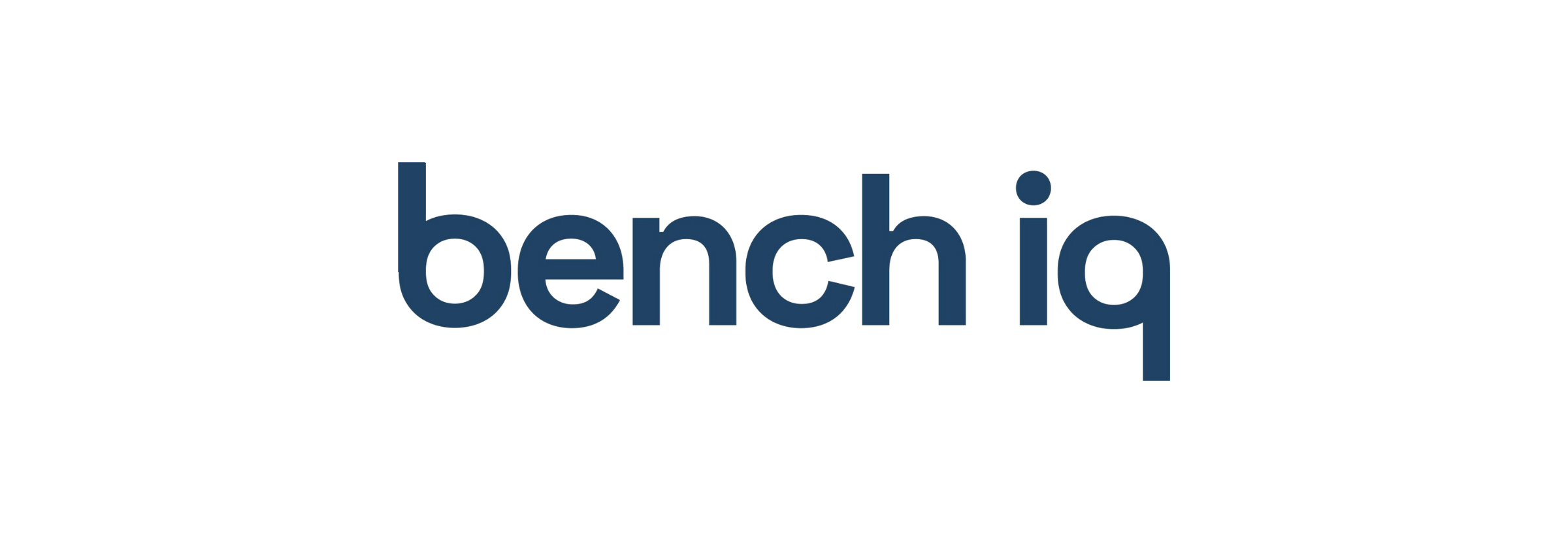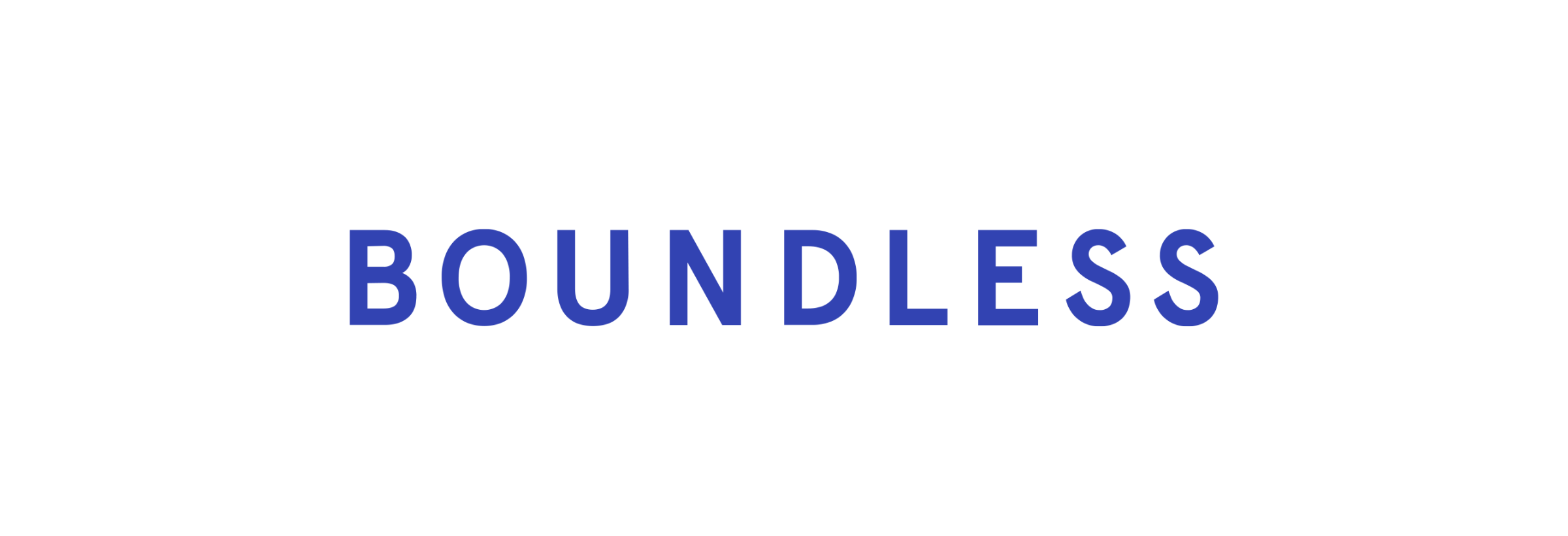The Legal Tech Frontier: Who Will Own the Stack?

Courtrooms are slow. Contracts are messy. The workflows? Still rooted in the ’90s despite a few giants like Harvey entering the space. But this won’t be a winner-take-all market.
A foundational shift is underway in the legal sector — driven by generative AI, rising cost pressures, and a new wave of founder-led innovation. From deposition prep to document review, automation is no longer a buzzword. It’s shipping and starting to scale.
One of the last analog industries is now waking up to the possibility of software-first infrastructure. And just as we saw in fintech, healthtech, and proptech, the winners won’t be the tools that sit on the sidelines. They’ll be the ones that rebuild workflows from the ground up with aligned incentives.
The question isn’t whether the legal industry will digitize. It’s who will own the most valuable slices — and how to build for it.
Why Legal Is a Once-in-a-Generation Opportunity
Legal isn’t just old, it’s entrenched. Rooted in precedent, layered in regulation, and fragmented across jurisdictions, it’s long been written off as too hard to disrupt. That’s precisely what makes it an attractive area for innovation.
At $400+ billion globally, the legal sector touches everything: M&A, labor and employment, civil rights, commercial disputes, regulatory compliance, family law, immigration, real estate, tax, and estate planning. Yet most practitioners are stuck with workflows built around PDFs, email, and Microsoft Word. Many of the “systems” in place are paper-based or barely one step removed.
Until recently, that stasis made venture-style outcomes hard to imagine. No longer. Here’s what’s changed.
1. The Language Barrier Collapsed
Historically, legal was protected by complexity. Contracts are dense, statutes long, and case law specialized. Now, GPT-4 can pass the bar exam and draft contracts on par with junior associates. Language complexity is no longer a moat; it’s a training set.
COVID broke the inertia. Courts went hybrid. Clients demanded fixed fees. Small firms shed back-office staff. Even the most conservative players started adopting software — not out of preference, but necessity.
We’re now seeing real appetite for legal technology across firm types and practice areas, especially where automation unlocks cost savings, speed, or scale.
2. The Stack Is Getting Vertical
The first wave of legal tech startups tried to be all-in-one platforms and only a few companies succeeded. Today’s winners are verticalized and purpose-built: discovery tools for public defenders, e-filing systems for real estate lawyers, or pricing engines for insurance defense.
Each slice of legal work has unique workflows, incentives, and regulatory constraints. The companies gaining traction today understand the nuance and design for it.
3. The Business Model Works
Recurring filings (immigration, tax, estate planning) and contingency-based litigation (PI, employment law) lend themselves to both SaaS and fintech-style monetization. Legal tech companies don’t just save time; they often improve cash flow or unlock new revenue streams for clients.
Add in AI-native cost structures and high gross margins, and you have the ingredients for durable, venture-scale businesses.
Not All Legal Work Is Created Equal
Understanding who pays — and how — is key to evaluating legal tech. The best startups build with empathy for the user and fluency in their incentives. Here are the five buyer types every founder and investor should understand.
1. Prosecutors & Public Defenders
This is the hardest segment to sell into, but also the one with the most social impact. These teams are underfunded, overworked, and operating under immense legal scrutiny. The tech must be accurate, explainable, and secure.
Startups like JusticeText are showing what’s possible by automating evidence discovery and transcription. But it’s a slog: fragmented procurement, limited discretionary spend, and high stakes for any mistake.
This is a category for mission-driven founders with long runways and a clear wedge. Don’t expect fast ARR — but do expect real systemic change if you win.
2. BigLaw
The AmLaw 100 firms are revenue machines. But their core model — billable hours — directly conflicts with automation. Why would a partner adopt software that reduces billable time?
Sales cycles are long and obscure, while security reviews are brutal. But the budgets are enormous. If you can build enterprise-grade products and land a foothold, you can grow into a significant customer base.
Harvey is leading here. But this is not a “move fast and break things” environment. It’s more like “move deliberately and bring your SOC 2.”
3. Specialized Enterprise Law Firms
Think insurance defense, IP filings, tax resolution, franchise law. These firms serve repeatable, high-volume work for large enterprise clients. And they’re hungry for tools that drive throughput.
Startups like Boundless (immigration law) and Crimson (dispute litigation) are thriving here by building tools that reduce time per case, increase consistency, and integrate into firm workflows.
The magic is in going deep: know the workflow, vocabulary, regulations. These firms don’t want a platform — they want a scalpel.
4. Consumer-Facing Firms
The fastest-moving segment is consumer law: PI, family law, immigration, wills & trusts. These firms often operate on flat fees or contingency, meaning time saved = money earned.
Startups like CASEpeer (PI), Trust & Will (estate planning), and Hello Divorce (family law) are showing how UX, automation, and lead gen can turn consumer law into real SaaS businesses.
These aren’t lawyer-replacement tools — they’re lawyer-amplifying platforms. Think guided workflows, client comms, and CRM for firms with dozens of active cases.
5. In-House General Counsel (GCs)
Corporate legal teams don’t bill hours. They care about speed, coverage, and compliance, not how long a task takes. They’re measured by efficiency, not revenue. That makes them ideal software buyers.
Companies like Ironclad, Lazo, Kodex, and Aline are embedding legal into finance, HR, and procurement workflows—helping legal teams become faster, smarter, and more integrated. With short sales cycles, clear value props, and aligned incentives, GCs may be the best legal tech buyers on the market right now.
The Legal Workflow Stack: A Map for Innovation
We’ve broken down the legal workflow into 11 core segments — each with billion-dollar potential.
STAGE |
EXAMPLE STARTUPS |
|
1. Client Intake |
Lawmatics, Clio Grow, Hona |
|
2. Matter Pricing |
Digitory Legal, Apperio, Predict Law,
|
|
3. Research |
Casetext, Harvey |
|
4. Drafting |
Juro, Spellbook |
|
5. Review |
Klarity, BlackBoiler |
|
6. Filing |
InfoTrack, Notarize |
|
7. Discovery |
JusticeText, Closure, Trial Kit |
|
8. Trial Prep |
Deposely, Synthetic Juror, Docket Alarm |
|
9. Case Management |
Litify, Filevine, Clio |
|
10. Billing |
LeanLaw, Smokeball, LegalMate,
|
|
11. Analytics |
HCOenchman, DIS |
|
Founders don’t need to take the whole stack. Just one layer — deeply understood, well-executed, and purpose-built — can become a moat.
Our Investment Thesis: Three Key Themes
At Alumni Ventures, we’re backing the builders rearchitecting legal work for the AI era. Here’s where we see outsized potential.
- Home
1. Reimagining the GC Function
The office of the GC is becoming a systems hub. The best startups here embed compliance, contracts, and risk tracking into the enterprise software stack — think Slack for contracts, Notion for compliance. We’re excited about startups building “legal ops-in-a-box” for mid-market companies, especially those combining automation with fractional legal services or APIs for contract intelligence. - Home
2. Prediction as Infrastructure
In litigation, outcomes are everything. Tools that forecast risk, value, and win probability are shifting how lawyers decide what cases to take and how to price them. We believe the next wave of innovation will involve underwriting engines for litigation. Think “FICO score” for a case. The firms that own this layer will become indispensable. - Home
3. Deep Workflow Tools for Litigation
Legal research and contract drafting are crowded. But deposition prep, trial strategy, expert witness selection, and evidence annotation remain wide open. We’re looking at vertical SaaS platforms with deep domain knowledge, built by former litigators who know exactly where time is wasted and how software can help.
Our Portfolio in Action: Legal Tech Startups Reshaping the Stack
At Alumni Ventures, we’ve backed legal tech companies that embody our investment thesis: vertical focus, aligned incentives, and AI-native tooling. Each of the companies below targets a distinct slice of legal work — consumer law, litigation strategy, and immigration — and builds software purpose-fit to the buyer, workflow, and economic model. Here’s how they map to the future of legal.
Hello Divorce: Rewriting Consumer Law with Self-Service SaaS

What they do: Hello Divorce provides guided, affordable divorce services through a hybrid of tech-enabled workflows and human legal support. Their product converts traditional family law into a modular, consumer-facing experience: users start with document automation and step-by-step UX, with optional access to lawyers along the way.
Why it works: Consumer-facing legal services like divorce are high volume, emotionally complex, and priced under tight constraints. Firms here benefit directly from workflow efficiency and lead generation. Hello Divorce capitalizes on this with a SaaS-like experience and multiple monetization paths (self-service → full service). The platform is part CRM, part document engine, and part conversion funnel.
Thesis fit: This is a classic example of “productized law”— where legal services shift from bespoke consulting to repeatable, tech-enabled packages. Hello Divorce scales not by hiring more lawyers, but by making the experience navigable, digital, and user driven.
BenchIQ: Predictive Intelligence for Litigation Teams

What they do: BenchIQ uses AI to forecast judge behavior, rulings, and litigation timelines based on historical court data. Their platform equips trial lawyers with predictive analytics to inform motion strategy, forum selection, and case investment decisions.
Why it works: In contingency-based models — especially in employment, personal injury, or complex commercial disputes — knowing which cases to take (and how to price them) can drive firm economics. BenchIQ transforms qualitative intuition into quantitative foresight.
Thesis fit: BenchIQ exemplifies our belief that prediction is the new infrastructure. Legal teams don’t just want automation, they want insight. By turning court data into strategic foresight, BenchIQ helps litigators act faster, litigate smarter, and price more accurately.
Boundless Immigration: Vertical SaaS for Immigration Filing

What they do: Boundless streamlines the U.S. immigration process through a tech-enabled platform that combines self-service tools, legal oversight, and document preparation. They serve both individuals and families navigating green cards, visas, and citizenship.
Why it works: Immigration law is highly repeatable, document-heavy, and sensitive to timing. Boundless turns a maze of forms and filings into a guided digital workflow, with human legal review layered in. The result: faster submissions, higher confidence, and lower legal spend.
Thesis fit: Boundless is the blueprint for vertical SaaS in legal — a focused product built for a specific, high-frequency use case. It captures recurring revenue, drives operational scale, and earns customer trust through UX, not just expertise.
Portfolio companies are shown for illustrative purposes only; not necessarily indicative of any AV fund or investor. Investments shown are not available to future investors, except potentially in the case of follow-on investments. Past performance does not guarantee future results.
This Is Legal’s Inflection Point
Skeptics say legal is too slow to change. But that’s what they said about banks, hospitals, and real estate.
The reality is this:
- HomeThe legal market is massive and under-digitized.
- HomeTools are finally good enough.
- HomeBuyers are starting to lean in.
- HomeExits (DISCO, Ironclad, Everlaw) are real.
Legal won’t be won with a single platform. It’ll be a stack of category-defining tools, each owning a slice of the legal pie.
We’re not waiting for BigLaw to modernize. We’re betting on the upstarts who see law not just as a service but as a system waiting to be rebuilt.
If you’re building in legal tech — deep, vertical, AI-native — we want to hear from you. Let’s build the next great legal workflow company together.
Invest In Our Funds
Let our expert team handle it.
Our award-winning investment professionals will build a diversified portfolio of venture-backed companies.
Invest Deal-By-Deal
You make your own investment decisions. You’ll see 1-2 deals per month, including all AV diligence materials, and select which companies you want to invest in.
This communication is from Alumni Ventures, a for-profit venture capital company that is not affiliated with or endorsed by any school. It is not personalized advice, and AV only provides advice to its client funds. This communication is neither an offer to sell, nor a solicitation of an offer to purchase, any security. Such offers are made only pursuant to the formal offering documents for the fund(s) concerned, and describe significant risks and other material information that should be carefully considered before investing. For additional information, please see here. Example portfolio companies are provided for illustrative purposes only and are not necessarily indicative of any AV fund or the outcomes experienced by any investor. Example portfolio companies shown are not available to future investors, except potentially in the case of follow-on investments. Venture capital investing involves substantial risk, including risk of loss of all capital invested. This communication includes forward-looking statements, generally consisting of any statement pertaining to any issue other than historical fact, including without limitation predictions, financial projections, the anticipated results of the execution of any plan or strategy, the expectation or belief of the speaker, or other events or circumstances to exist in the future. Forward-looking statements are not representations of actual fact, depend on certain assumptions that may not be realized, and are not guaranteed to occur. Any forward-looking statements included in this communication speak only as of the date of the communication. AV and its affiliates disclaim any obligation to update, amend, or alter such forward-looking statements, whether due to subsequent events, new information, or otherwise.